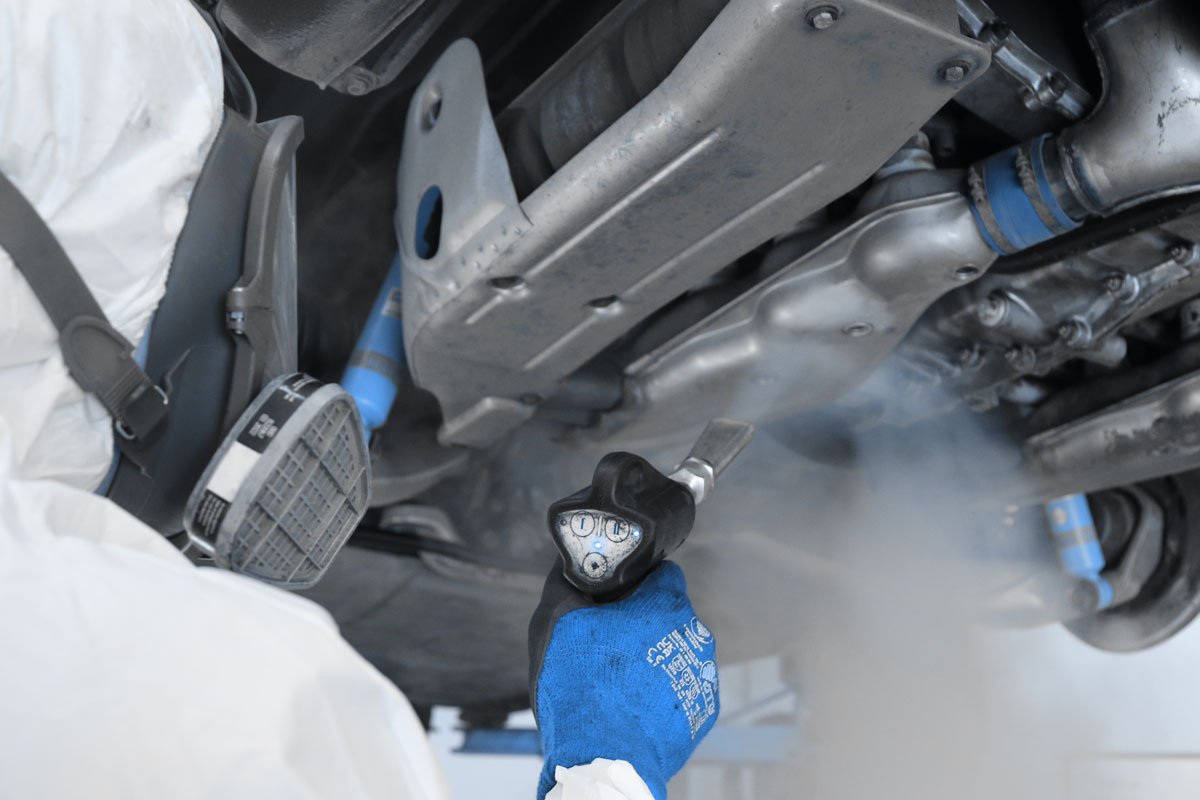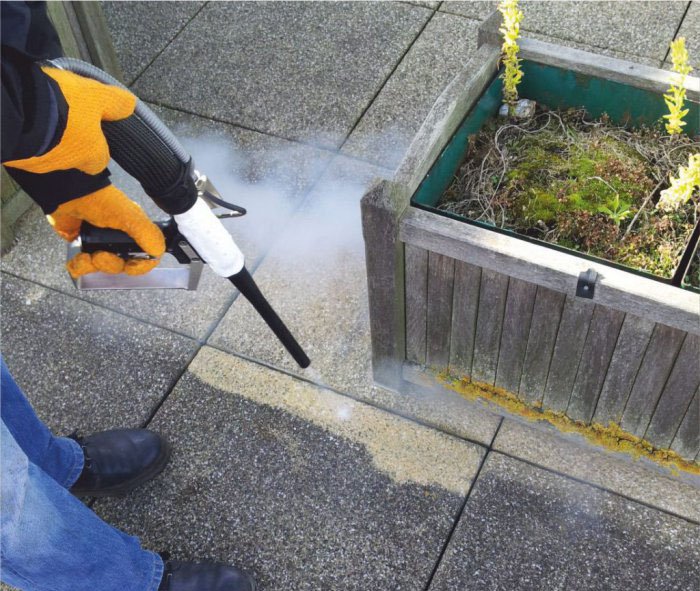The next level of perfection
About dry ice blasting
Dry ice blasting is a relatively recent innovation in the industrial cleaning. This method shares some similarities with traditional sandblasting and soda blasting. It employs compressed air to propel solid carbon dioxide (CO²) dry ice pellets. These pellets effectively remove a wide range of residues from surfaces including mold, dirt, ink, paint, adhesives, food particles, grease, oil, rubber mold release agents, and various other contaminants.
One significant advantage of dry ice blasting is its non-abrasive nature, making it the preferred choice when a smooth surface finish is desired. This is due to the relatively soft properties of solid CO² compared to other abrasive media. When dry ice pellets make contact with a surface, like a metal part contaminated with oil and grime, the pellets instantly sublimate as they transition from a solid to a gas. Consequently, no residue is left behind, unlike traditional sandblasting. Furthermore, dry ice blasting eliminates the need for toxic solvents and the associated cleanup issues.
The reduction of secondary waste is a compelling reason why many industries are transitioning to dry ice blasting as an alternative to methods such as sandblasting, glass bead blasting, hydro-blasting, and solvents. Dry ice cleaning is also known for being an environmentally responsible way to clean.
Since dry ice leaves behind no liquid or residue, it is the preferred choice for cleaning machinery, electrical components, and delicate equipment in enclosed or confined spaces. It excels at accessing tight corners and crevices that other methods may struggle to reach. Additionally, the dry ice blasting system can be brought directly to the equipment, allowing in-place cleaning without the complexities of material handling. It is nonabrasive, nonconductive, nonflammable, and typically results in significantly faster cleaning processes. It is particularly well-suited for mold remediation projects and garners strong approval from industrial hygienists.
Furthermore, it is worth highlighting that dry ice is a byproduct of other industrial processes, specifically reclaimed CO², and therefore does not contribute to greenhouse gas emissions. The pellets used are crafted from food-grade carbon dioxide, a substance that holds approvals from regulatory bodies such as the FDA, EPA, and USDA. Carbon dioxide is a non-toxic, liquefied gas that is cost-effective and easily storable at work locations. In short, dry ice blasting is a thoroughly eco-friendly cleaning method.







